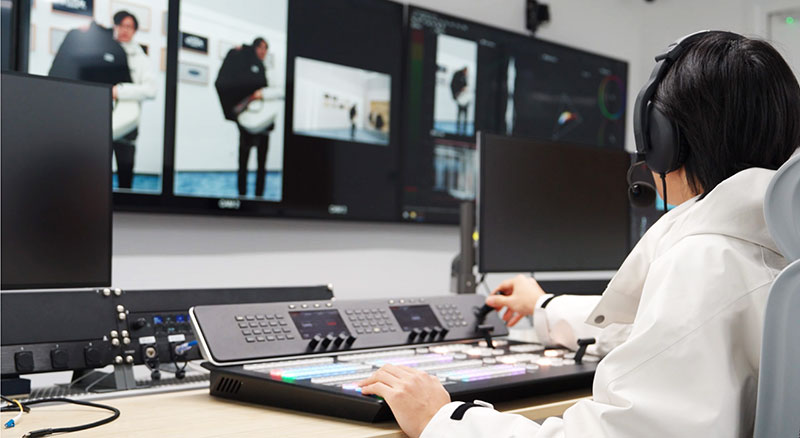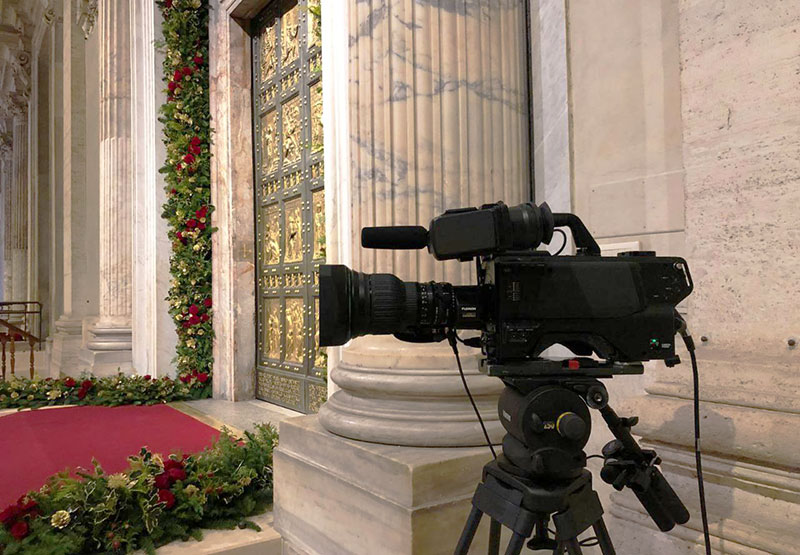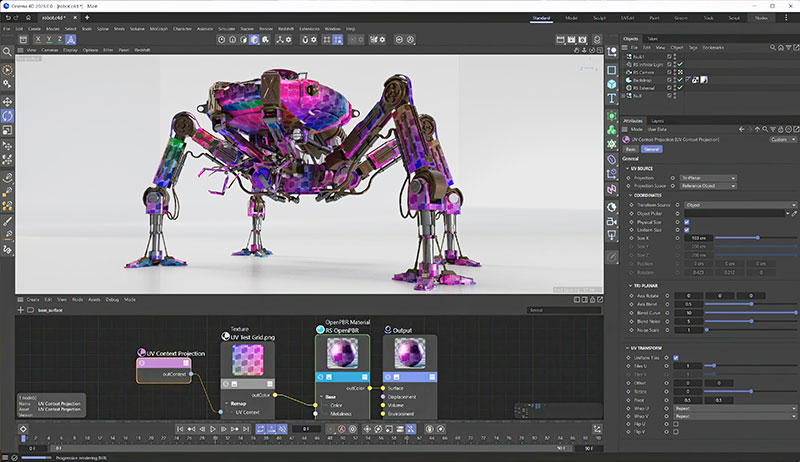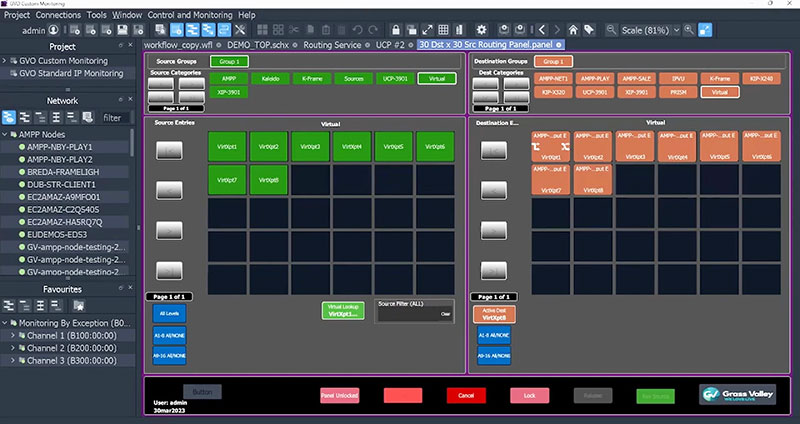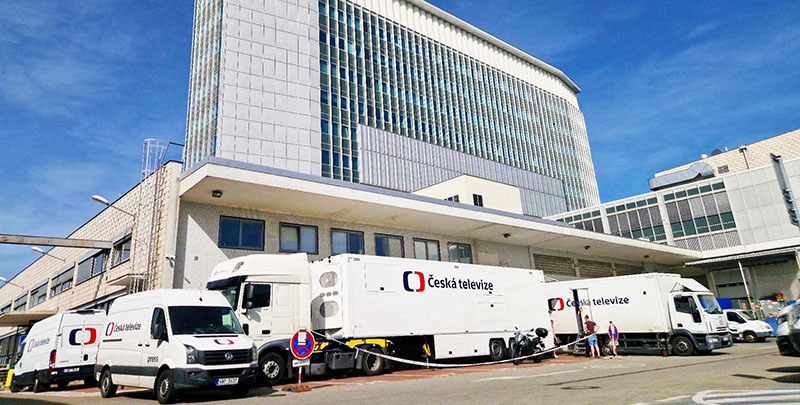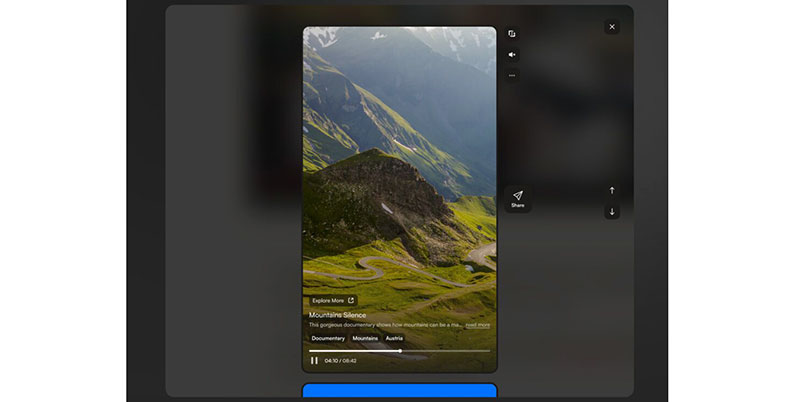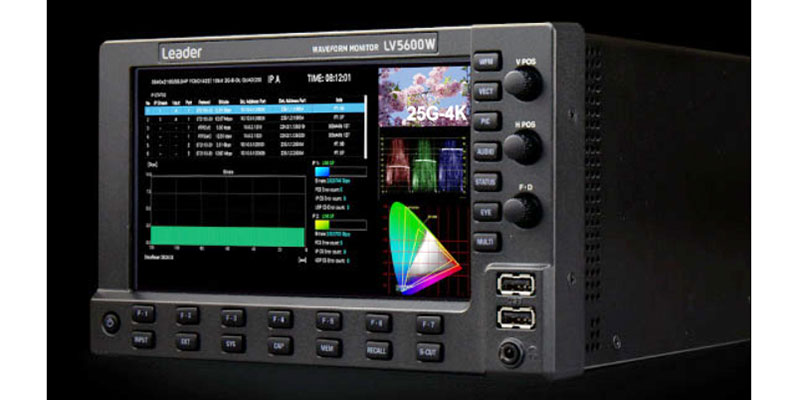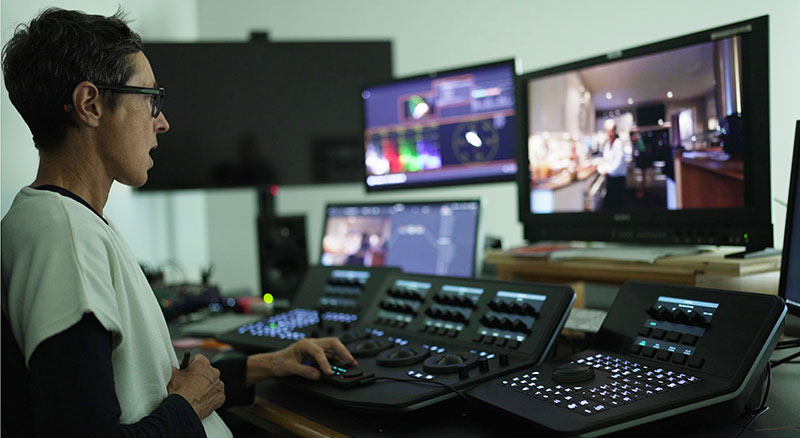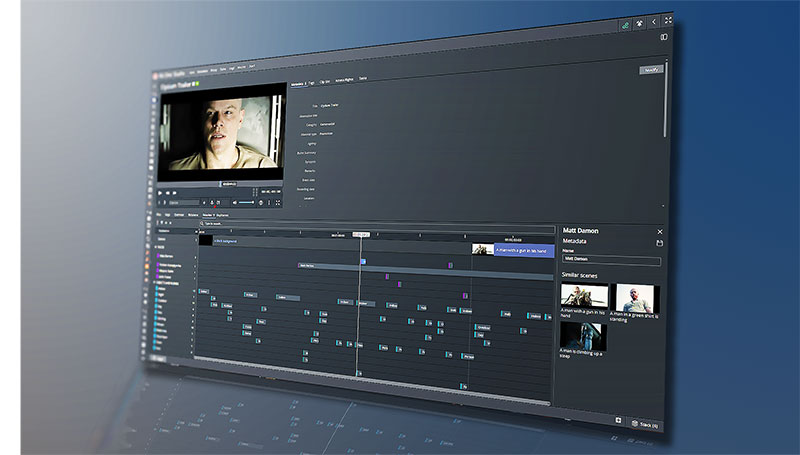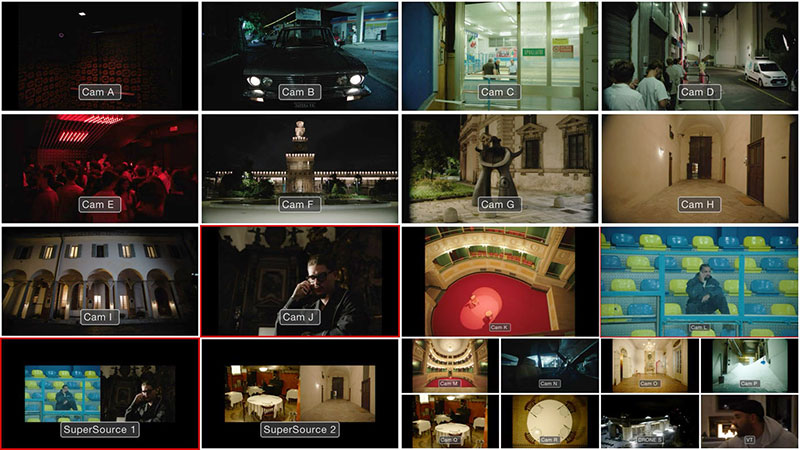CP Communications used IP-based aerial coverage at the Marathon for the first time, expanded private wireless spectrum, and handled live production and streaming for the event’s app.

The 2024 TCS New York City Marathon was held in November, organised by the New York Road Runners (NYRR). First run in 1970, the 26.2-mile race crosses five boroughs and has been sponsored by TCS (Tata Consultancy Services) since 2013.
Under the direction of event producer FILM 45, CP Communications and its Red House Streaming (RHS) subsidiary have supplied content acquisition, networking and transmission services for the event since 2014. Their combined engineering and production teams continue to evolve and fine-tune their strategies each year. For this year’s race, innovations included a broader implementation of private LTE spectrum, simplified systems between remote sites and an integration with Starlink that enabled IP-based aerial acquisition.
Expanding the Streaming Footprint
These new acquisition and networking techniques, handled from the RHS side, meant the CP technicians could expand the event’s streaming footprint to 48 outbound feeds originating from HD-21, CP’s 53-foot expando production truck. Those feeds were sent to multiple broadcast and streaming platforms, including WABC-TV in New York City, ESPN2, the TSC New York City Marathon App, and NYRR’s social media platforms.
“Over the years, we have gradually taken control of production elements where we can make a difference,” said Frank Rafka, Technical Manager for CP Communications. “This year, we took responsibility for the complete consumer experience for the TSC New York City Marathon App, producing and streaming nine live feeds, in contrast with last year when we handed off select camera feeds to a third party.
“We added two VMix systems to HD-21 and assigned a dedicated operator to each one for live mixing and switching of all nine feeds. By adding a dedicated low-latency encoding channel to our on-board Haivision Makito X4 video encoder, we could assure real-time transmission to the app.”
Remote Production Infrastructure
As usual, the RHS team deployed REMI production systems to three locations, but reduced the physical setup to a minimum to simplify operations. Among the encoding and decoding hardware, Haivision Pro460 5G mobile video transmitters were used to contribute live feeds to HD-21 from the three REMI sites, using both public mobile networks and and private LTE networks using special CBRS wireless spectrum from Citizens Broadband Radio Service [a 150-MHz-wide set of frequencies from 3.55 GHz to 3.7 GHz in the US].
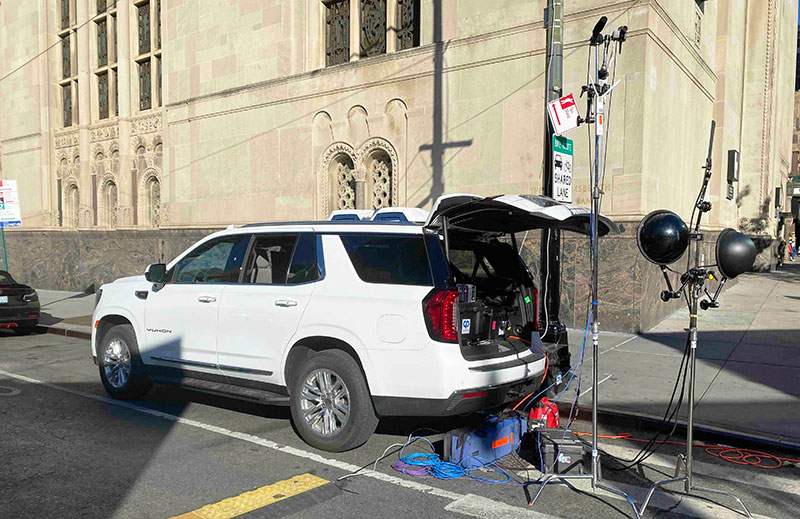
REMI site infrastructure
The Pro460 transmitters can encode and transmit one 4K UHD source or four simultaneous HD sources over bonded cellular and IP networks. RHS deployed mor of the Pro460s on seven motorbikes running along the course to capture live POV feeds and commentary from on-site talent. The transmitters were also on board Smart cars fitted with Sony cameras and microphones.
Private LTE networking operates independently of mainstream network providers, and is supplied on a much smaller scale and focused on a localized area. The network servers are dedicated to supporting the connectivity for a specific purpose, and the network itself can be customised and optimized to carry, for instance, applications that need low latency and independence from congested, unpredictable public wireless spectrum.
CBRS frequencies, accessible in the US, keep data local, with a good mix of range, capacity, security and interoperability. CBRS proved especially useful for intercom communications, particularly at the start and finish lines where public mobile spectrum can quickly reach capacity.
Communications Strategy
“We assigned a Green-GO digital intercom system to the CBRS spectrum, which establishes a private single-purpose LTE cellular network with networking and communications,” said Aaron Segarra, Vice President of Sales, CP Communications and Red House Streaming. “That ensured clear spectrum for intercom at the start and finish lines, where you have large crowds of spectators all trying to share their own pictures and live video feeds.”
The Green-GO intercom network included 18 beltpacks at the starting line and 12 at the finish line along with six iPhones at each site, with connectivity to a cloud server from Pente Networks to manage all systems assigned to CBRS spectrum.
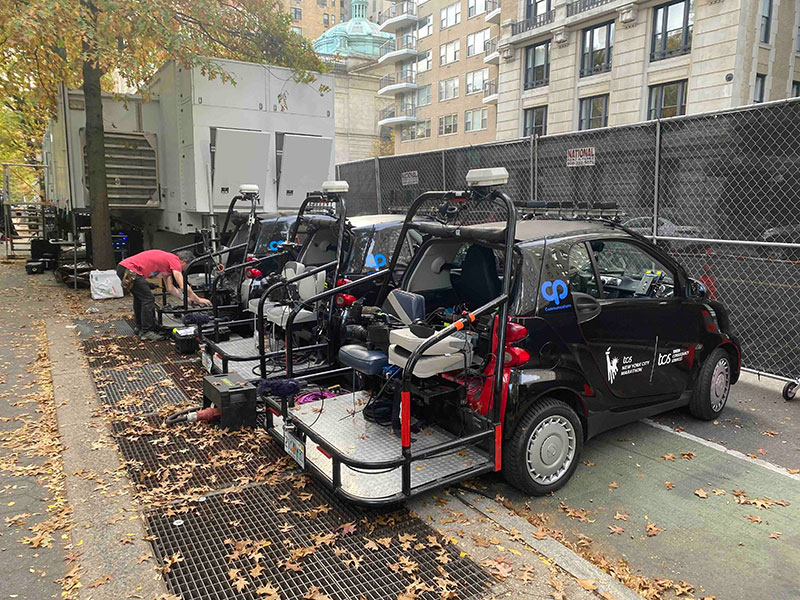
CP Communications' fleet of smart cars, preparing to follow the Marathon.
Finally, the communications strategy included a city-wide Unity radio system for field technicians, motorbike drivers, bike spotters and press vehicles, and an RTS ADAM matrix with RVON connectivity between HD-21 and the three REMI sites. RVON cards maintain VoIP communications for the RTS ADAM intercom hardware. They connect keypanels to the Intercom matrix over standard IP networks by supporting channels of bi-directional audio.
From RF to Starlink
The biggest change between the 2024 race event and the earlier ones happened in the sky, where RF technology has been used exclusively for aerial content acquisition and networking – until this year. CP Communications established a partnership with Heli INC to supply a helicopter equipped with cameras for aerial coverage of the race. CP and RHS technicians designed a platform in collaboration with Heli INC to mount a Starlink satellite antenna, using that service for connectivity and Haivision for encoding.
“That was a huge accomplishment in our quest for uninterrupted connectivity,” said Frank Rafka. “We recently started using Starlink to reinforce existing cellular coverage for sporting events as there are always spots with coverage limits, and others where we can’t establish a reliable internet drop or run a cable across the street.
“For the marathon, we equipped Starlink connectivity to a helicopter for the first time. We still had a traditional RF microwave link on the helicopter for backup, but we used Haivision encoders as our primary encoding links. For the first time, we provided uninterrupted coverage of the entire race from all locations via IP with sateliite-based Starlink connectivity.” cpcomms.com




